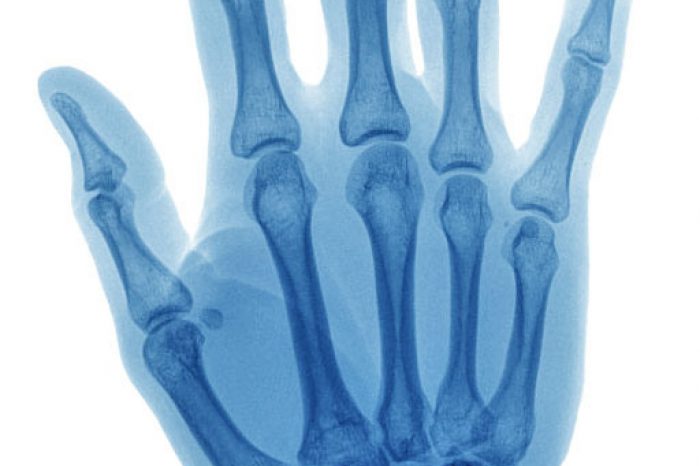

A recent publication by Dr. Ricardo Colberg from the Andrews
Institutes prospectiveily evaluated the outcomes of patients treated
with trigger finger release using an 18-gague Nokor Admix needle with a
blade at the tip (Colberg et al 2021). Dr. Colberg had previously published a retrospective study (Colberg et al 2020).
In the recent study, 60 patients (79 fingers) were included in the study and they followed patients for 6 months after the procedure. In this study, all patients had resolution of the original mechanical catching/locking immediately after the procedure and only 1 patient had recurrent symptoms requiring surgery at 6-months after the minimally invasive release.
Trigger finger is a condition where the finger flexor tendon catches and the finger locks. Patients with trigger fingers are initially treated with NSAIDs, finger splints, therapy and cortisone injections. In cases that do not respond open surgical debridement and release of the A1 pulley. Surgical success rates range from 60 to 97% in the literature.
However, surgery is not a perfect solution and carries risks of complications, including infection, nerve injury finger flexion contracture and scar hypertrophy in 28% of cases. In addition, patients need to stop normal activities for at least 2 weeks to protect the wound and sutures. It may take up to 6 weeks to return to full activity.
The procedure is performed with local anesthesia into the soft tissue around the tendon and A1 pulley. A small puncture is then made in the skin the size of the 18-gauge Nokor blade. The blade is then carefully advanced to the A1 pulley directly visualizing the nerves and blood vessels with the ultrasound to ensure these structures are not injured.
An incision is then made with the Nokor needle. Careful attention is given to ensure the tendon is not cute, and the A1 pulley is then cut. The incision is then covered with steri-strips
Trigger finger release using 18-gague Nokor blade.
Typically patients can return to activity in days. In a previous study by Nikolaou et al. comparing patients who underwent an ultrasound guided release versus open release found no difference in outcomes. However, they did notice a significantly quicker return to “normal activities” in the ultrasound group, 4.1 days in the ultrasound group compared to 17.8 days in the open surgical group.
Studies have shown success rates from 90 to 97% (Colberg et al 2021). This procedure can provide significant functional improvement and full resolution of mechanical symptoms with minimal adverse events. Wound healing and a return to work are quicker with a minimally invasive ultrasound guided release compared to open surgery. In addition, these minimally invasive releases are performed in clinic, are more cost-effective and do not require general anesthesia.
Adductor longus selective tenotomy is a modern surgical treatment for chronic groin pain that offers faster recovery and better outcomes than traditional full release surgery. The adductor longus, an inner thigh
Read MoreDiscover how ultrasound helps diagnose plantar fat pad atrophy, a leading cause of ball-of-foot pain. Learn about symptoms, thickness cutoffs, and why early detection matters for relief.
Read More